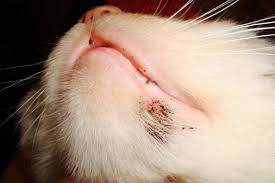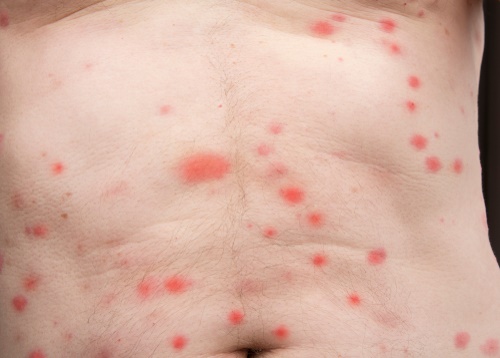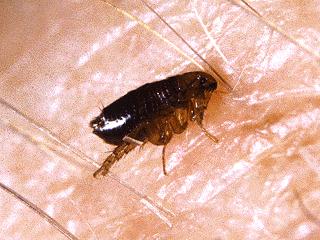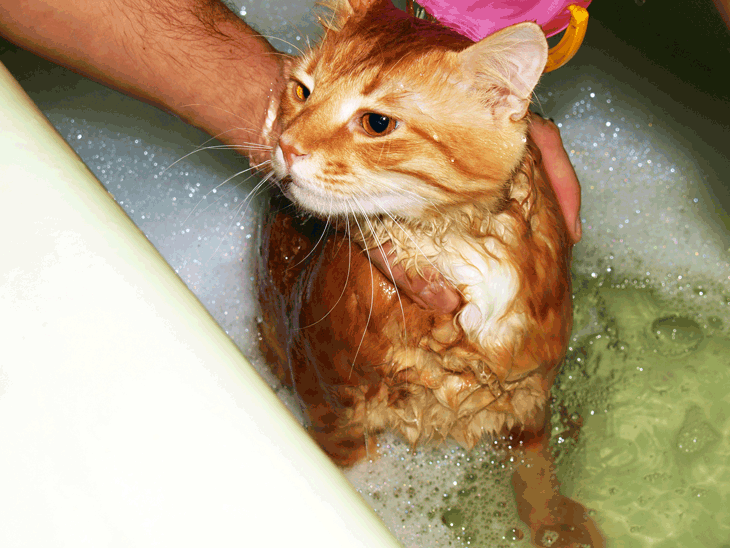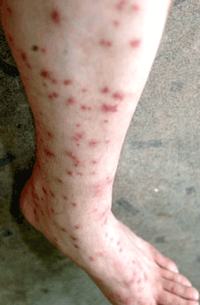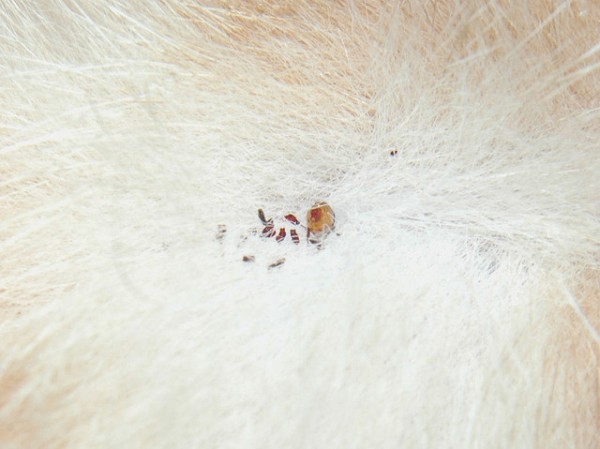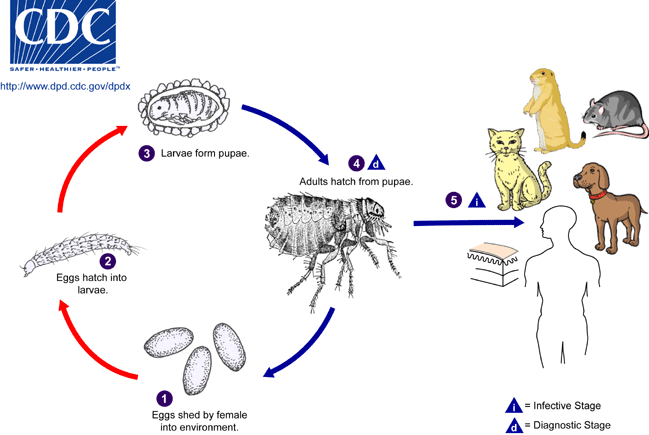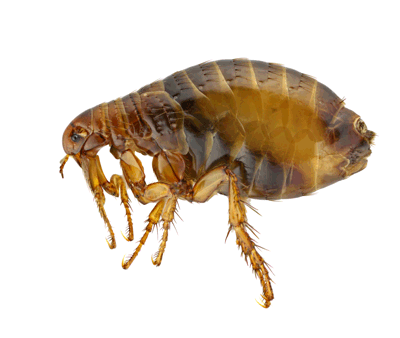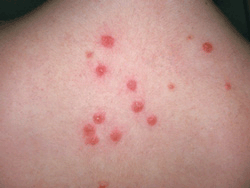Many people have questions about tick and flea treatments. Most of the damages by these parasites are from the adult fleas. However, they are only 5% of them in existence while 95% is made up larvae, eggs and pupae. They are inside floor cracks, carpets, furniture, and any other hidden areas in that environment. So, let’s look at some frequently asked questions about tick and flea treatment!
Why should all pets be treated including uninfected ones?
It is important to treat every pet in the environment because they are all susceptible to flea infestation. One flea is enough to wreak havoc on a household and they can jump from one animal to the other if they get dislodged. Let’s take a look at some frequently asked questions about flea and tick treatment.
Can I Use the Same Flea and Tick Treatment for Cats and Dogs?
No, the physiology and size of the animal is taken into consideration when flea products are made. Cats vary proportionately from dogs in size. Cat flea products are made specifically for cats. The confusion comes from the fact that cat fleas also infest dogs also. Cats respond more to flea products than dogs and it can be easily harmful to them. When cat flea products are mixed with dog flea products, it can lead to non-medicinal poisoning for any animal involved.
NOTE: If you administer a product that contains permethrin to your dog, keep the dog away from your cat until the solution dries completely.

Is Topical Flea Treatment No Longer Effective?
If you have tried every tropical treatment available and you observe little or no changes in your pets; it could be due to the following reasons,
Your pet’s skin, Untreated flea infestation and, Application method
Pet’s skin health: before you apply any flea and tick treatment on your pet’s skin, make sure that his or her skin is totally free from blemish, hair should be full and lustrous otherwise the solution cannot pass through a thick and dry skin; thereby preventing your solution from working. You can add foods rich in omega 3 fatty acids to your pet’s diet to ensure that their skins remain healthy.
Untreated flea infestation: no flea treatment will work without full extermination of adult fleas, eggs, larvae and pupae in the home and surroundings. Be sure to treat all the pets in your home regardless of their infestation status. Try to reduce the number of times you allow your pets to roam outside, because they can come in contact with infested wildlife and pets.
Application: when you want to administer a product, ensure that you make use of an applicator not your bare hands. Let it touch the skin of the animal not just the hair. While applying the product make sure that your fingers are not touching it in any way so as not to reduce the dosage.
If you want to treat cats, avoid its shoulder blades because it will lick it off rather apply the solution to the base of its skull. Treating your pets with appropriate flea and tick treatments assures your home remains infestation free.
Why Are There So Many Flea Treatments That Can Kill Fleas?
Each product is categorized specially according to the seriousness of the infestation. Most pet owners choose monthly oral treatments because they are easy and convenient to administer. Some of such products include Frontline Plus Flea5X Plus for Cats and frontline plus Advantage II.
If the flea and tick treatment preventive methods prove abortive, there are other things you can use to check the activities of fleas such as Sprays, powders and foggers. These chemicals can get rid of every adult flea in the area.
Other products which are suitable for geriatric, anemic pets grooming, and prevention of fleas are shampoos and flea combs. They can be used for kittens and puppies with immature nervous systems.
Can Two Flea Treatments be Used at Once?
Flea and tick treatment products are pesticides made with chemicals and any no animal or human remains fully healthy if they are constantly exposed to chemicals. Two products should only be combined when it is absolutely necessary.
